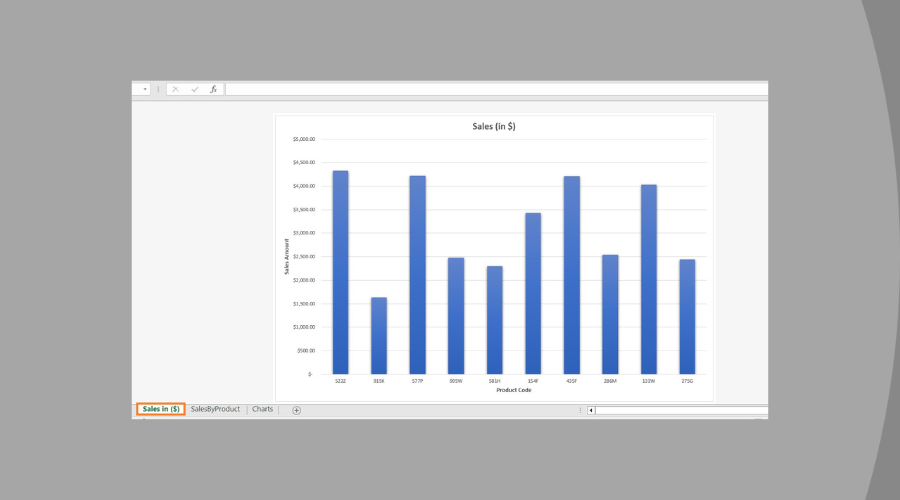5 Proven Strategies to Prevent Document Copying

Document protection in a digital world is more crucial than ever before. Businesses and content creators alike strive to safeguard their intellectual property from unauthorized copying, distribution, or theft. Here are five proven strategies that can help you protect your documents effectively.
1. Use Watermarks

A watermark is a semi-transparent text or graphic overlay on your document. Not only do watermarks visually deter copying, but they also make it difficult to alter documents without the watermark being visible. Here’s how to use watermarks effectively:
- Visibility: Ensure the watermark is noticeable enough to dissuade copying but not so intrusive that it distracts from the document’s content.
- Content: Use watermarks containing copyright information, date, or company logo to both protect and brand your documents.
- Placement: Position watermarks centrally, diagonally, or as borders depending on the document’s layout.

⚠️ Note: While watermarks deter casual copying, they can be removed or circumvented by determined individuals using sophisticated software.
2. Digital Rights Management (DRM)

DRM systems provide robust protection by controlling who can access, copy, print, or edit your digital content. Here’s how DRM can be implemented:
- Encryption: Encrypt your document so only authorized users with decryption keys can open it.
- Permissions: Define what actions users can perform on the document, like read-only, no-print, or time-based access.
- Tracking: Use tracking to monitor document usage and detect unauthorized copies.
💡 Note: DRM can sometimes limit legitimate access, so balance between protection and usability is essential.
3. Password Protection

Password protection adds a layer of security to your documents:
- Password Strength: Ensure passwords are complex and changed regularly.
- Sharing: Share passwords securely via different channels or through password managers.
- Two-Factor Authentication: Implement additional security measures like two-factor authentication where possible.
🔑 Note: Strong passwords are key, but they should not be shared in insecure ways or written on easily accessible documents.
4. Use of Confidentiality Agreements

Confidentiality agreements or Non-Disclosure Agreements (NDAs) legally bind recipients not to disclose or copy your documents:
- Clarity: Ensure terms are clear about what constitutes misuse or copying.
- Signatures: Collect signatures to make the agreement enforceable.
- Consequences: Outline the legal consequences for breaching the agreement.
5. Modify Document Output

Creating documents in a format or with features that hinder easy copying can be effective:
- PDF Security: Use PDF files with security settings like password protection, encryption, or disabling copy/paste functionality.
- Formatting: Use obscure fonts or text formatting to make copying text difficult.
- Print Quality: Control document quality to make it less attractive for unauthorized printing or scanning.
Summary and Best Practices

In preventing document copying, employing a combination of these strategies offers a layered approach to security:
- Implement watermarks for visible protection.
- Integrate DRM for comprehensive control over digital content.
- Utilize password protection for basic security.
- Secure agreements to legally bind recipients.
- Alter document output for added difficulty in copying.
Remember, no single method guarantees absolute protection; a combination of strategies often yields the best results, tailored to the document’s sensitivity and distribution needs.
Why should I use watermarks to protect documents?

+
Watermarks serve as a visual deterrent to copying by embedding identification or branding into the document, making it less appealing to misuse.
Is password protection enough to secure a document?

+
Password protection adds a basic layer of security, but it’s not foolproof. For sensitive documents, consider using DRM or multiple security measures together.
How effective is Digital Rights Management (DRM) in document protection?

+
DRM is highly effective for controlling document usage. It allows for detailed permissions and tracking, making it one of the most comprehensive security methods available.



